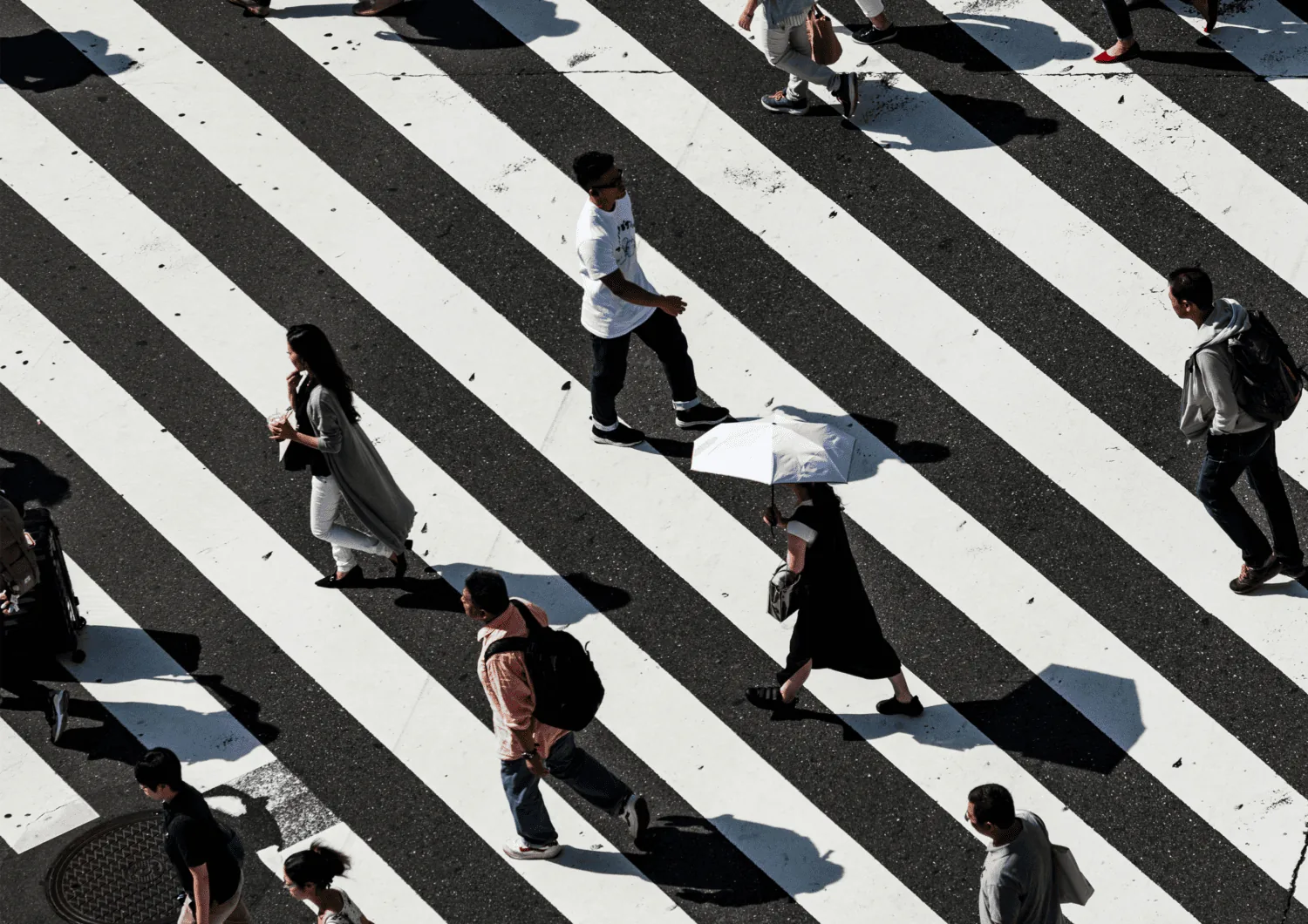Design Facets _
PART ONE

Here we take a look at FIVE design facets that brands could use to create their next contemporary retail space…
Due to more recent shifts in consumer attitudes, brands have simply changed their approach to bricks-and-mortar retail by instead creating a retail destination that prioritises a consumer’s experience and shopping journey. Upon embracing this approach, brands have learned that they can form more meaningful connections with consumers, thus benefitting from a more loyal customer following whose identities are befitting with the brand. There are several design facets to explore to achieve this which provide tangible avenues to consider when curating a physical space that respond to this shift…
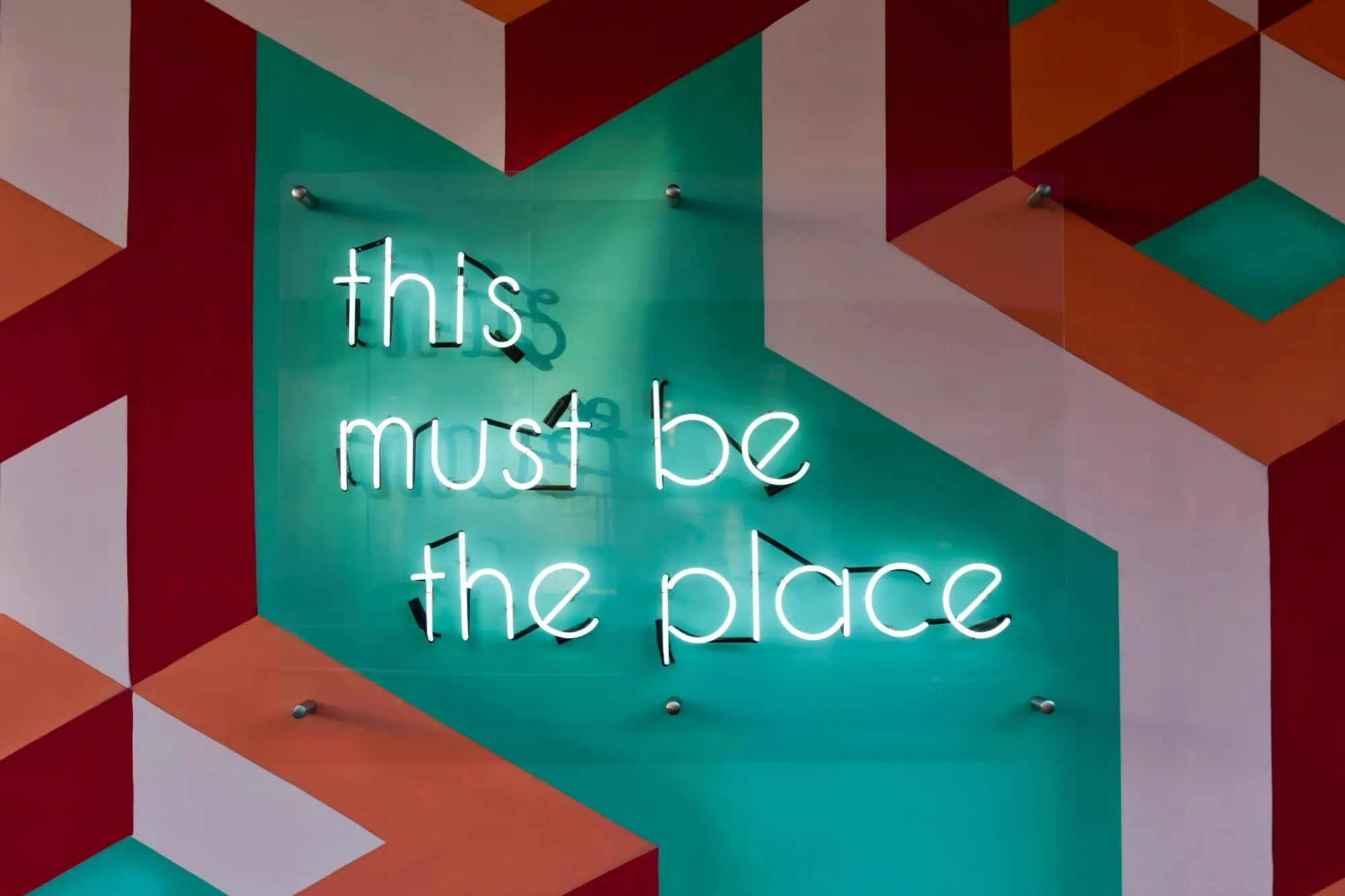
Holistic Approach
You can get a step closer to creating a retail environment that responds to a customer’s needs by taking a more holistic approach to your store’s design. Every design element and instore touchpoint should be intrinsically linked and have a clear purpose that works towards the same goal of creating a more meaningful journey to purchase.
HEINEKEN
In the Heineken store, for example, there are several interactive moments, that customers are encouraged to experience in order to reveal more about the iconic brand. Heineken The City is a unique and ultramodern addition to the brand and adds a new dimension to its marketing. Customers are welcomed into the store by speaking mirrors to help direct them to their desired area whether that be the clothing shop, recording studio, events room or most importantly the beer shop. As they seamlessly browse through the store, the 3D TV screens, and interactive pillars allow customers to further learn about the brand and its product. As well as having the opportunity to buy limited edition products, book exclusive tours and personalise
Heineken bottles as a souvenir. The idea of coldness is applied throughout the ‘revolutionary’ store concept through its 100%
LED lighting, a three-storey fridge that allow customers to test the product and an ice wall decorated with the brand’s logo to further enhance the brand’s storytelling.
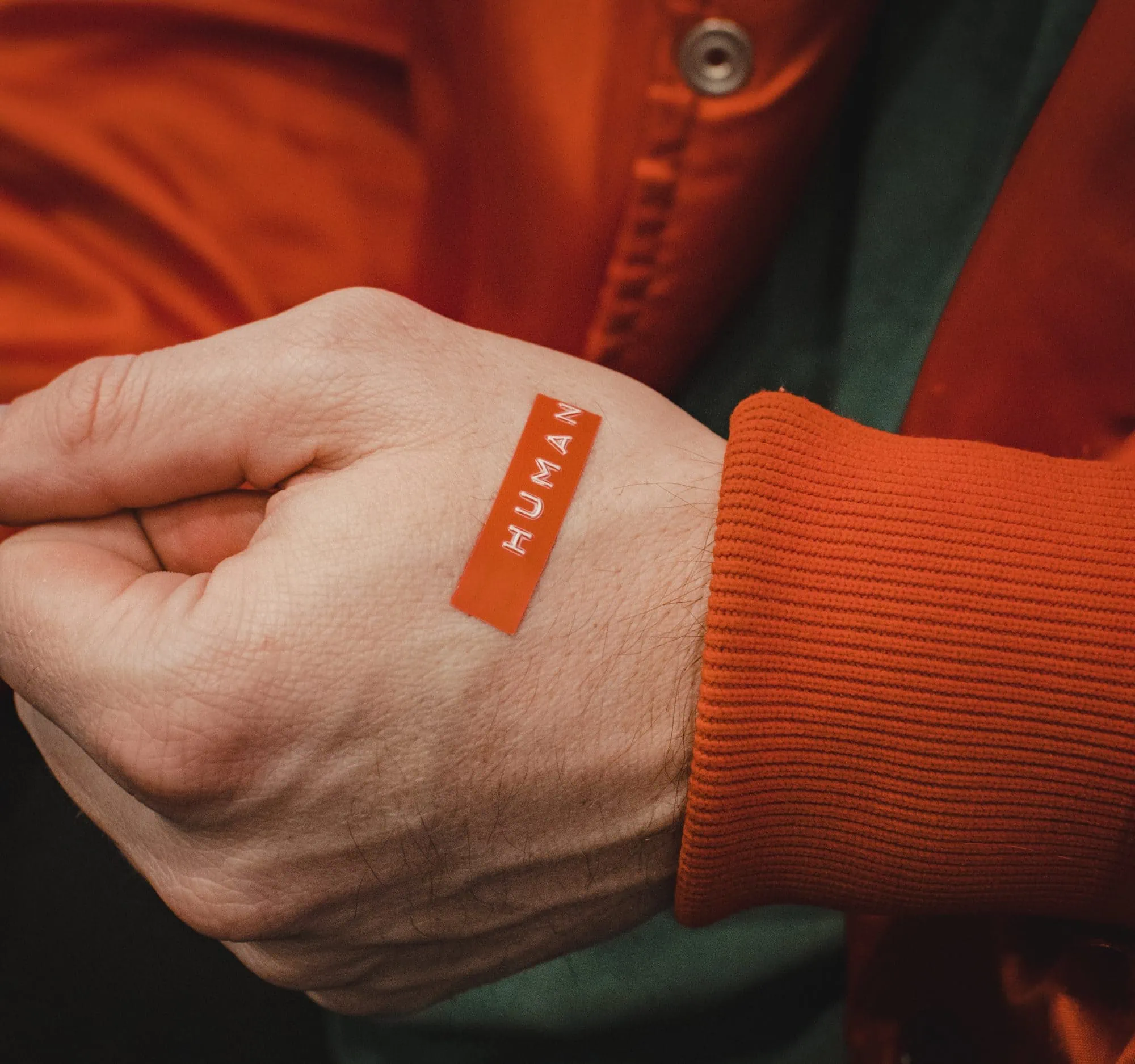
Human Centric
An engaging store goes much further than simply meeting a customer’s buying needs. It identifies and understands that its customers are there for more reasons than one – to be educated, entertained, energised and esteemed! A successful retail environment will work to serve the emotional needs of its customers, whatever these may be. Ergonomic design plays an important role in ensuring that your store is human-centric. Designing an intuitive user interface or something more analogue, such as a handle on a door that follows the contours of the human hand, is not only satisfying to use but clearly demonstrates a brand’s dedication to its customers and their needs.
THE DREAMERY
The Dreamery by Casper, for example, is a magical, human-centric, place in New York which invites the public to take a nap in a Casper Nook – “a perfectly private, quiet pod with an outrageously comfortable bed”. Whilst experiencing Casper mattresses, people are encouraged to get some rest and recharge via several sleep rituals, with offerings of complimentary beverages, pyjamas, and refreshing amenities. It provides nothing but experience and demonstrates the core ‘new luxuries’ of time, space, and rest.
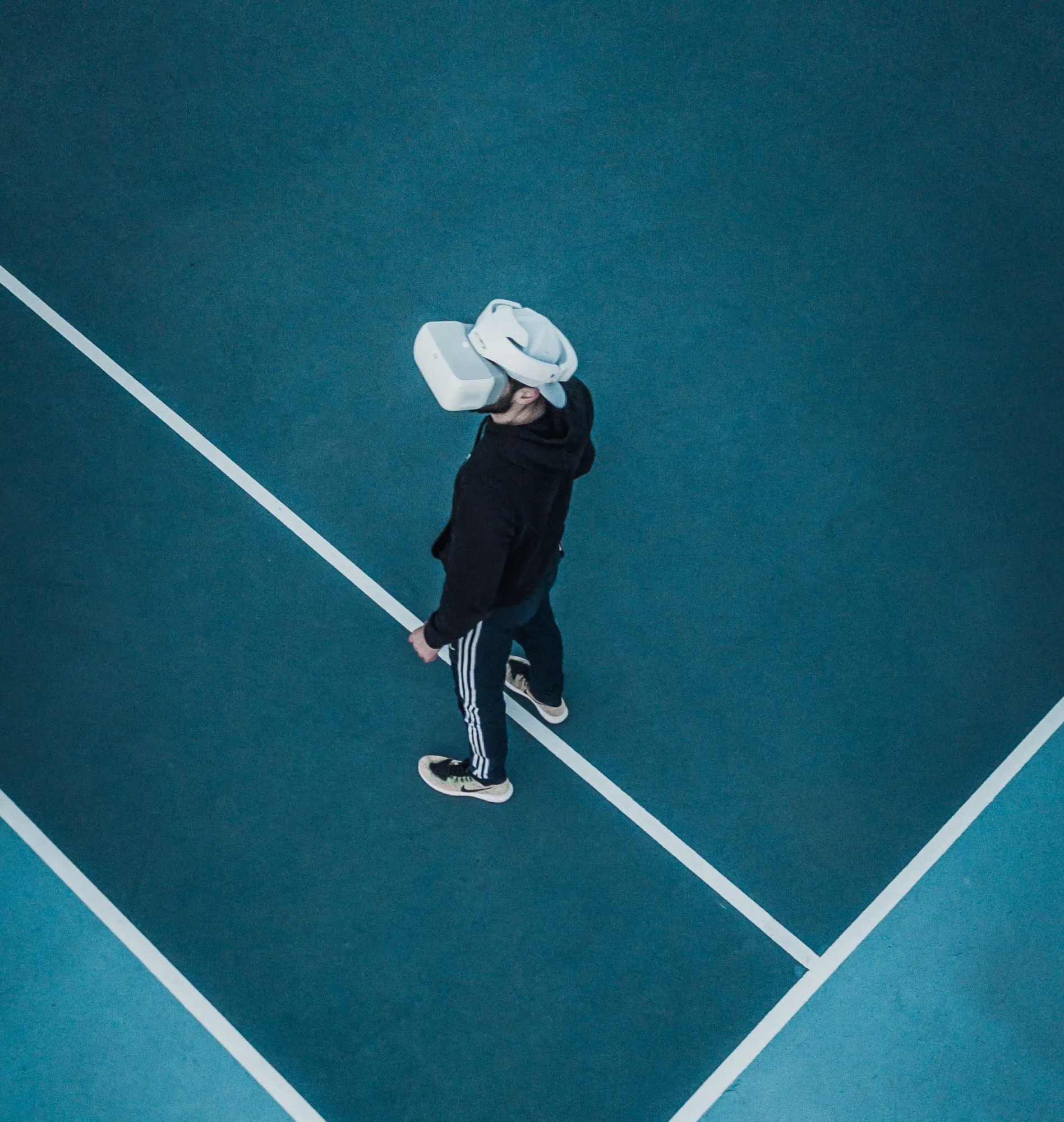
Tech Activated
Springboard’s 2022 UK Annual Footfall Review revealed that only 34.4% of all sales of fashion and accessories were made online in 2021, suggesting that the remaining 65.5% of sales were made in-store. On top of this, there were significantly more in-store sales of fashion and accessories in 2021 than in 2020, proving that consumers really do enjoy the tangible, leisure, and dare I say, convenience factors that can be attributed to bricks-and-mortar retailing. This suggests that whilst digital realms are popular, they are certainly not the sole future of retail. Nor do we believe that purely bricks-and-mortar stores utilising a monochannel shopping journey are the sole future of retail. We believe there has to be a balance. Especially when we consider changing consumer attitudes and behaviours, explained earlier in the report. Gen Z, for example, who are a digitally native generation, are having an ever-growing influence on the consumer market, and it is believed that over 50s are embracing technology more ever. We believe the future is phygital.
NIKE
With so many advancements in technology we are spoilt with the tech-activated options available to us, including RFID tags, QR codes, digital screens, face scanners, interactive touchscreens, VR and AR, to name but a few! To celebrate Nike’s 50th birthday the American sports giant partnered with BUCK to launch a new AR driven experience in their stores around the globe. Customers can scan QR codes to unlock 11 unique stories contained within one frosted glass box. After tapping on the virtual box the frosted glass clears, allowing visitors to unlock 17 digitally scanned items from Nike’s archives and learn more about the iconic brand’s history.
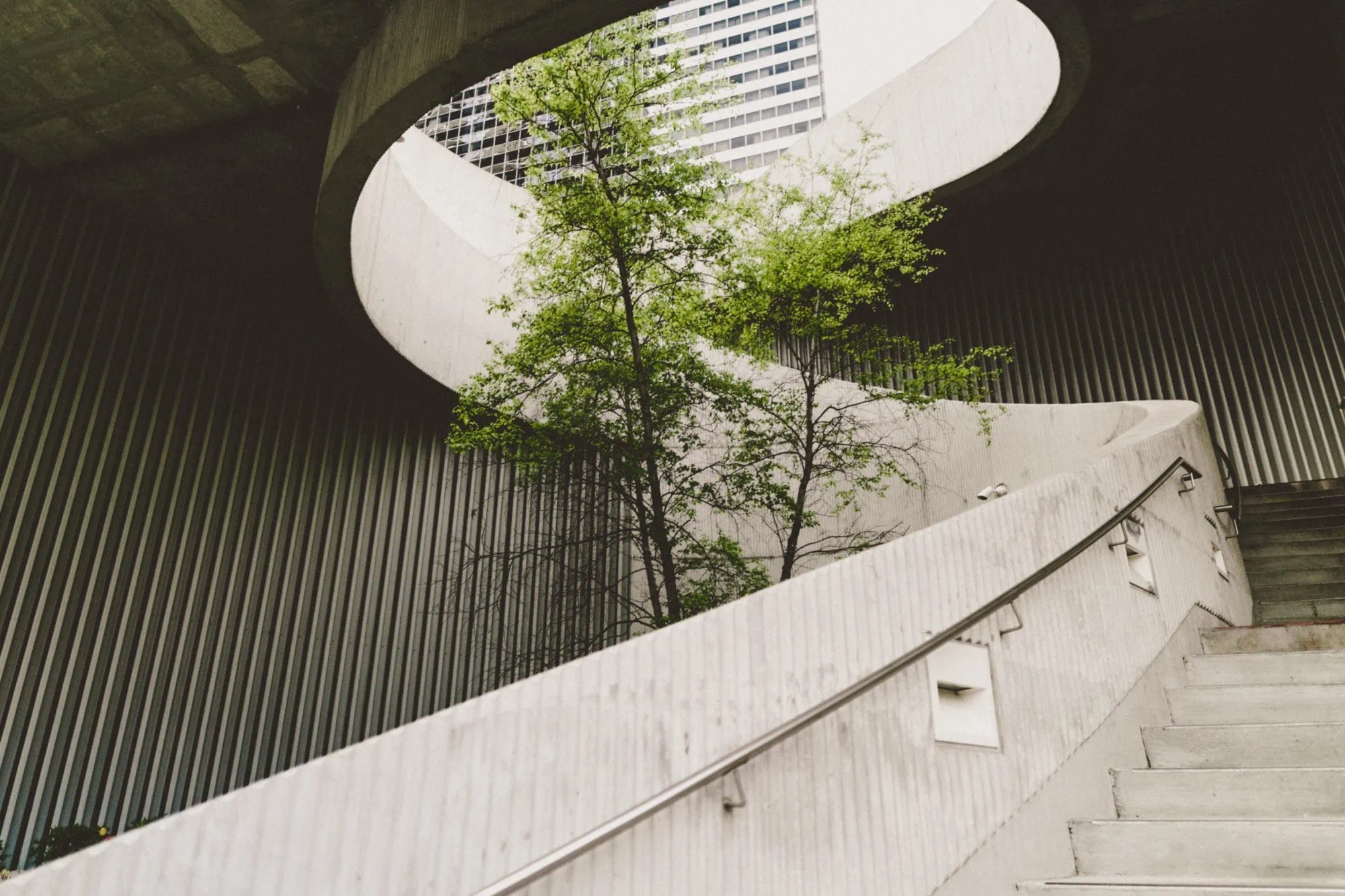
Biophilic Design
Biophilic design can augment product displays and help brands to make a statement, but it is its benefits to people and planet that makes it so relevant to a physical retail environment. Alongside cleansing the air and supporting customers’ physical health, biophilic design has proven to have a profound positive impact on customers’ wellbeing – so much so that one study even suggests that biophilic design can entice customers to pay eight to ten percent more for goods and services (Interface). Biophilic design refers to using design techniques that further connect us with nature through built environments. This is not just about incorporating plants, although it is an important factor, but also making use of natural lighting, materials and colourings.
BRAUN BUFFEL
Dezeen features luxury bag store in Malaysia, Braun Buffel, who have looked to biophilic design as their inspiration for the store aesthetic. The flagship, which opened just this year, is adorned with natural elements such as a treelike installation covered in moss, which takes the centrepiece. Creative studio, Spacemen, who are responsible for the design also incorporated a skylight and marble plinths to display the products, complementing the predominantly natural interiors. The store offers a tranquil environment away from the bustling Putrajaya Mall for customers to leisurely browse products.

Sensory Experience
A truly sensorial experience activates and excites all the senses, and creates a more visceral, memorable encounter that goes far beyond the expectation of what retail is in its simplest form. Opportunities for creating sensory exploration in your store are vast, from curating smells and sights, to offering opportunities for moments of taste and touch. Upon combining the senses, you can create an authentic environment with great storyteller energy.
JACQUEMUS
In the tail end of last year, the luxury French fashion label, Jacquemus, transformed Selfridges’ iconic Corner Shop into a multi-sensory experience which is a surreal interpretation of founder, Simon Porte Jacquemus’ own bathroom by taking everyday items and displaying them in a disproportionate way. The experience was for the occasion of the brand’s new ‘Le
Bleu’ collection and features a series of playful installations across the three locations. “Le Vestaire”, being one of them, is an immersive 3D locker room installation, staged in the oldSelfridges hotel, which offers customers an experience centred around sensorial discovery including scent cues from the south of France and voice activated displays.
